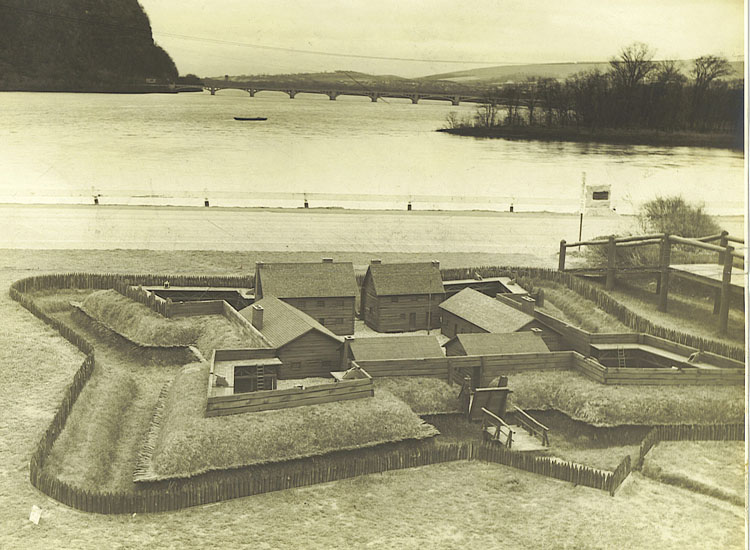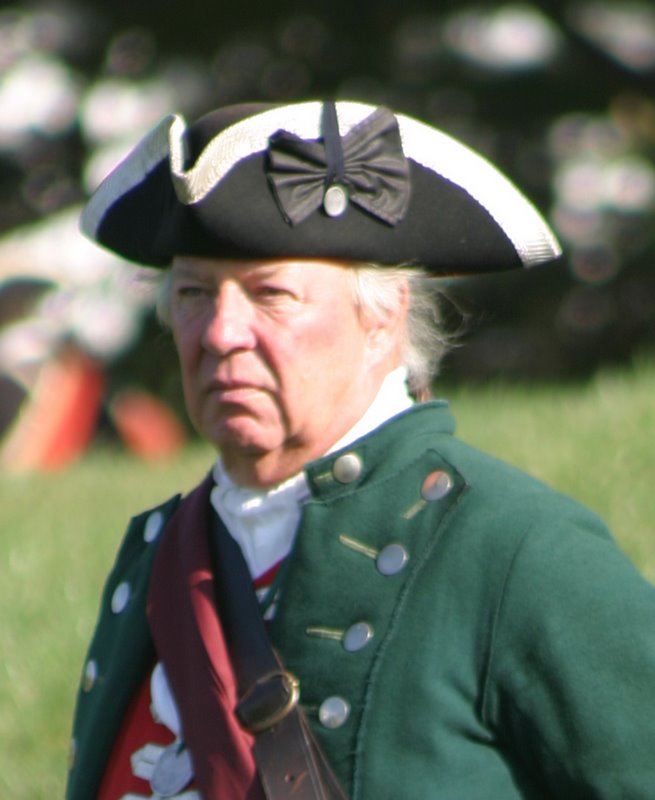The idea of a fort was first suggested by Andrew Montour and Monocatootha, an Oneida Warrior Chief, at Harris’ Ferry on November 1, 1755. In their address they warned the provincial leaders that if the British didn’t build, then the French would soon take possession of the land themselves and build their own fort. While Governor Morris complied at once, the provincial Assembly did not agree until April 1756. Before they consented, they insisted that four hundred troops be raised for the expedition. And so it was that the Third Battalion, soon to be known as the Augusta regiment, was sent to Shamokin.
However, despite their care, precautions had been finalized a moment too late. When the troops arrived at the site they were shocked to discover mounds of ashes and destruction. The confusion between multiple nations of Indians, French, and British settlers had reached a breaking point.
The first attack was produced by a 400 man French and Indian army against an army of 1300 redcoats along the Monongahela River near Pittsburgh. The British targets had, under the direction of General Braddock, focused on moving their troops toward Fort Duquesne, an eastern French stronghold. In the process, they were annihilated. The defeat left Pennsylvania’s British inhabitants open to further attacks by the Delaware, who were by this time full fledged allies of the French.
Mayhem worsened when a treaty was issued between the French and the British in 1755 allowing the British to set up permanent settlements along Penn’s Creek. Confused, the Delaware thought they were being deceived. In response a small party of warriors set out from the Delaware tribe; their intent to kill. Fifteen British inhabitants died and many others were captured or wounded. Penn’s Massacre had occurred. Although only a small number of Indians had taken part in the killing, the entire Indian population of Shamokin feared retribution. They quickly burned their houses and abandoned the town. So it was when the Augusta Regiment arrived. The regiment decided to build anyway.
On June 12, 1756, the governor sent Lieutenant Colonel William Clapham detailed instructions with two plans of the fort: one a pentagon, the other a square, with one ravelin to protect the curtain where the gate would be situated, a ditch, a covered way, and a glacis. However, the sparseness of provisions made for a difficult first few months and fearing that their letters would be intercepted by the enemy, requests for more materials were never sent. By August of 1756, though construction was half finished, the men were frustrated. Colonel Clapham and many of the officers resigned. Between August and December little was accomplished. Finally, on December 8, 1756, Major James Burd arrived to lead the 280 men and nine workers that remained. In 1757 the structure was finished. Sixteen officers and 337 men were stationed at the fort.
|
/SusquehannaRiver.jpg)




